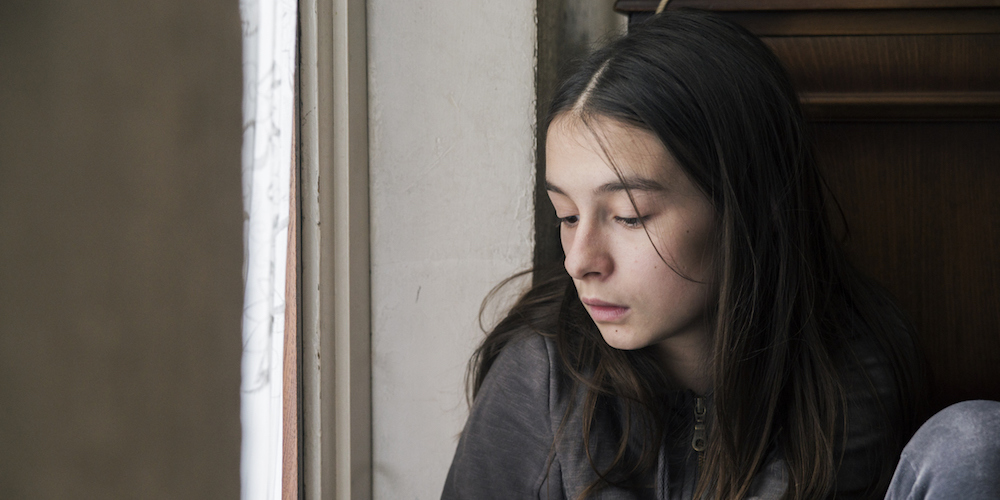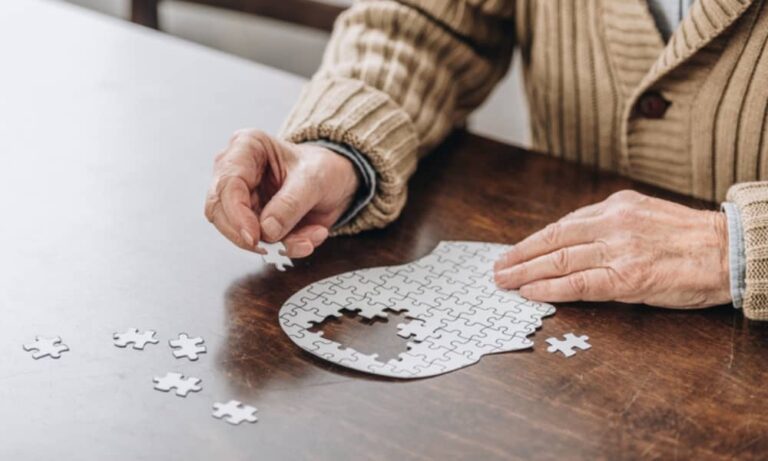Everyone experiences feelings of anxiety from time to time, but sometimes what may seem like usual teen angst can actually be a sign of a more severe anxiety disorder.
When the Department of Health conducted their first survey in 1998-2000 on the mental health and wellbeing of Australian children and adolescents they completely overlooked the issue of anxiety. When the second survey was done in 2013-2014, it was found that anxiety disorders are actually the most prevalent form of mental health problems in youth.
Professor Jennie Hudson from the Centre for Emotional Health at Macquarie University says, “Anxiety in adolescents is something that is often overlooked even though it’s more common in the 12-17-year-old age bracket than depression, ADHD, eating disorders and conduct problems.” She believes there are various reasons for this lack of attention: “In the past, people thought it was something that children would grow out of naturally. Also, when a child is anxious it’s a more internal experience and it’s hard to know how much they worry on the inside. Anxiety may not be as obvious as a child who acts out for example.”
But anxiety is not something that should be ignored. “An anxious teenager can miss more school, have poorer peer relationships, fewer friends, and engage in fewer activities,” says Professor Hudson. Anxiety is also not something that you automatically grow out of, and there is evidence that emotional disorders early in life predict a range of mental health problems later in life. For example, anxious adolescents are at increased risk for adult anxiety, depression, and suicide.
“Early intervention is really key,” says Professor Hudson. “If we can give children strategies early enough then they know how to deal with challenging situations all through their life.”
While everyone experiences some anxiety at various times, there is a difference between feeling anxious appropriate to a situation and having an anxiety disorder. People are typically diagnosed with an anxiety disorder when they experience persistent, excessive worry or fears that interfere with their ability to carry out their daily tasks or take pleasure in day-to-day life.
Telltale signs
Some teens are open to discussing their worries but if they are not willing to talk about it you can look at their behaviour. What are they missing out on? “Another telltale sign of anxiety is that the child may ask lots of questions that are often repetitive,” says Professor Hudson. “A negative thought that becomes stuck in their head and they can’t get rid of it.” Even if the parent says, ‘Don’t worry about it, everything will be ok’, they will keep asking. Other signs of anxiety disorders can include expressions of panic, restlessness, being easily fatigued, difficulty concentrating, irritability, muscle tension or sleep disturbance.
How you can help
- Gentle reassurance
“Avoidance is what keeps anxiety going,” says Professor Hudson. “Gently encouraging your child to face the situation is the best thing you can do.” Providing your child with a safe, secure base and giving them unconditional positive regard is important, but allowing your child to avoid their fear is not helpful. While you can’t force a teenager to do what they don’t want to do, you can start to engage them in ways that will help them to face their fears. Techniques like rewards, graded exposure and encouraging realistic thinking can help. For more professional help, Macquarie University [search ‘teen anxiety’ on mq.edu.au] offer online and face to face programs that can provide skills and strategies to help kids manage their anxiety.
- Rewards
Rewarding a child who has faced their fear can be very effective. Rewards can help to motivate and encourage the child as well as celebrate bravery. “One of the best rewards for a teenager is getting quality time with a parent such as seeing a movie together,” says Hudson. “Teenagers may say that don’t want time with parents but we often find that it is an effective reward.”
- Stepladder
If a teenager refuses to do something that’s too challenging for them, start with small steps that gradually helps them to confront their fear. Exposure must be long enough to allow levels of anxiety to reduce, without distraction [such as screens and music] and needs to be repeated frequently to allow for learning.
- Realistic thinking
When a child is anxious they often think of the worst-case scenario or have a false perception of the situation. You can try and help them to look at a situation in a more realistic way by challenging their thinking. You can give them questions like “what else could happen?”, “What is most probable?”, “How bad would it really be?” and let them come up with the answer.
- Call a professional
Anxiety disorders are highly treatable, yet less than 50% of those suffering receive treatment. Get expert help if anxiety is having an impact on a child’s life or on family life. Sometimes a family may reorganize their life to accommodate anxiety and this ends up negatively affecting everyone involved.







